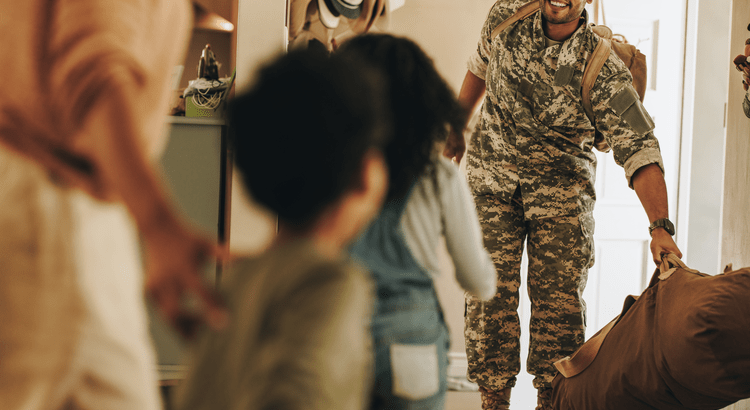Making sure that your San Jose home is a safe environment for children involves more than just baby-proofing; it requires a comprehensive approach to safety that addresses potential hazards at every stage of a child's development.
Ensuring that your home is secure for young ones involves a comprehensive approach that addresses both immediate hazards and long-term safety measures. Read on for a detailed guide on making your living space safe for children, offering practical advice and tips to help parents and caregivers.
Key Principles
Child safety begins with understanding the different stages of a child's development and the risks associated with each stage. Infants and toddlers are naturally curious and explore their surroundings by crawling and grabbing. As they grow, they become more mobile and adventurous, introducing new safety concerns. Older children and teenagers present their own set of challenges as their independence increases. By recognizing these developmental stages, you can tailor your safety measures to effectively address the specific risks associated with each age group.
A child-safe home is more than just a precaution—it's a commitment to providing a secure environment where children can explore, learn, and grow without unnecessary risks. Children are naturally curious and often lack the awareness of potential dangers that adults might recognize. Therefore, it's crucial to take proactive steps to minimize risks.
Securing the Home Environment
Childproofing Common Areas
Children often spend a significant amount of time in the living room and other common areas, so it is essential to make these spaces as childproof as possible. Start by securing heavy furniture to the wall to prevent tipping accidents. Corner protectors on sharp edges of tables and counters can help prevent injuries from accidental bumps. Additionally, ensure that all electrical outlets are covered with safety plugs to prevent shocks.
It's also important to manage cords and cables by using cord organizers or concealers to keep them out of reach. Loose cords can pose a strangulation hazard or be tempting for children to play with. In areas where small objects are prevalent, such as coffee tables or shelves, consider using barriers or removing items that could be choking hazards.
Kitchen Safety
The kitchen is a hotspot for potential dangers, including sharp utensils, hot surfaces, and toxic substances. Begin by installing cabinet locks to keep children away from harmful chemicals and sharp objects. Ensure that your stove knobs are covered or out of reach to prevent accidental burns. For added safety, keep hot pots and pans on the back burners and use stove guards to prevent curious hands from reaching hot surfaces.
Sharp objects like knives should be stored in high cabinets or in safety drawers with childproof locks. Place cleaning supplies and other potentially dangerous substances in locked cabinets or on high shelves. Use appliance locks for ovens, refrigerators, and dishwashers to prevent unsupervised access.
Bathroom Safety
Start by securing all medicines and cleaning supplies in locked cabinets to prevent accidental ingestion. Install anti-scald devices on faucets and showerheads to regulate the water temperature and prevent burns. Non-slip mats in the bathtub and shower can reduce the risk of slips and falls.
Ensure the toilet lid is locked or install a childproof cover to prevent drowning accidents. Additionally, ensure that all electrical outlets are covered, and avoid leaving electrical appliances, such as hairdryers or razors, within reach of children.
Outdoor Considerations
Yard and Garden Safety
Outdoor spaces can present their own set of hazards, making it important to childproof your yard and garden. Start by installing a sturdy fence around the perimeter of your yard to keep children safely contained. Ensure that the fence is high enough and has no gaps that a child could squeeze through.
Secure all garden tools, chemicals, and equipment in a locked shed or high cabinets. Be mindful of plants and shrubs, as some may be toxic if ingested. Opt for child-friendly plants and ensure that any garden areas are free from sharp objects or dangerous equipment.
Pool Safety
If you have a pool in your San Jose home, it is vital to implement strict safety measures. Install a pool fence with self-closing and self-latching gates to prevent unsupervised access. Pool alarms can provide an additional layer of safety by alerting you if someone enters the pool area.
Teach children about water safety from an early age and supervise them at all times when they are near the pool. Consider enrolling them in swimming lessons to help them become more comfortable and confident in the water. Keep life-saving equipment, such as floatation devices and a first aid kit, readily available near the pool area.
Educating Children
Education plays a crucial role in helping children understand and navigate potential dangers. Begin by teaching children basic safety rules, such as not touching hot surfaces, avoiding sharp objects, and staying away from electrical outlets. Reinforce the importance of asking for permission before accessing certain areas or objects.
Creating a Safety Plan
Developing a safety plan is an essential step in preparing for emergencies. This plan should include procedures for fire safety, emergency contacts, and evacuation routes. Practice fire drills and other emergency scenarios with your children to ensure they know what to do and where to go. Teach them how to use emergency contact numbers and encourage them to memorize important information like their address and parents' phone numbers.
Regular Maintenance and Safety Checks
Regular maintenance and checks are crucial for ensuring that your San Jose home remains safe for children. Conduct routine inspections of all safety devices, such as smoke detectors and carbon monoxide detectors, to ensure they are functioning correctly. Inspect your home for potential hazards, such as loose railings, sharp edges, or broken fixtures. Regularly review your childproofing measures and make adjustments as your child grows.
Ensuring your home is safe for children involves a comprehensive approach addressing various aspects of the living environment. By taking these proactive steps, you can foster a safe and nurturing environment.
If you’re ready to begin your home search in San Jose, consult
The Virgilio Team for expert guidance as you find the right fit.




